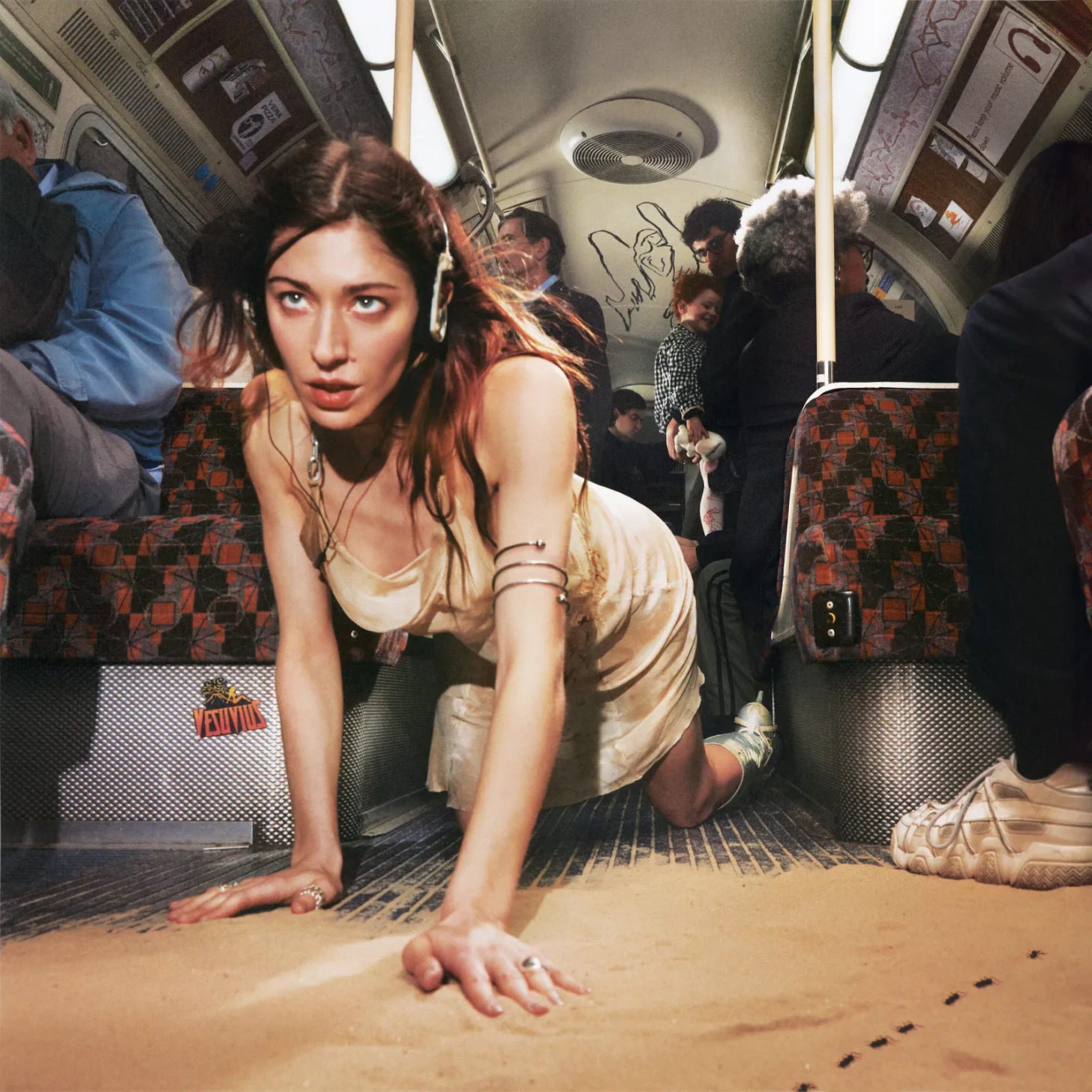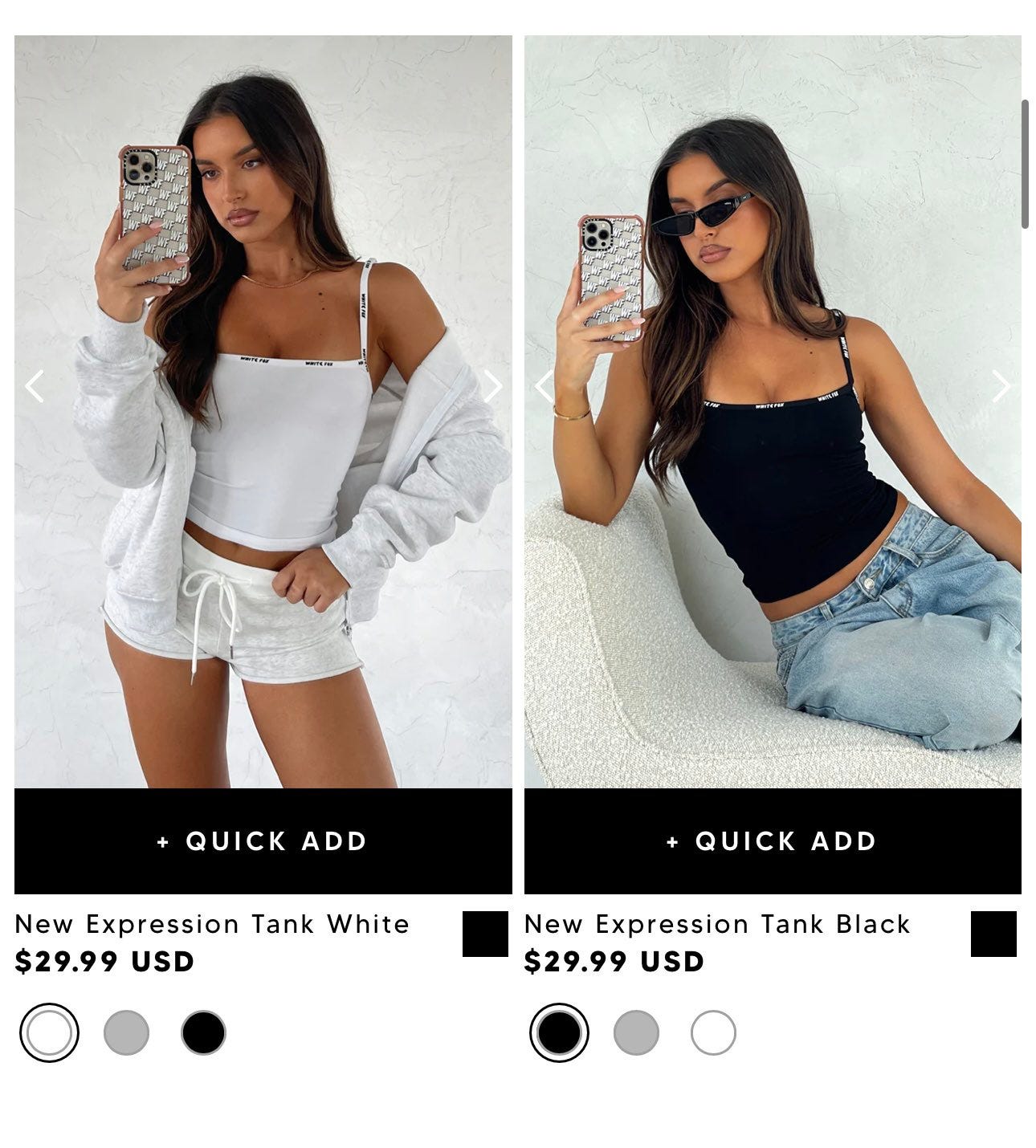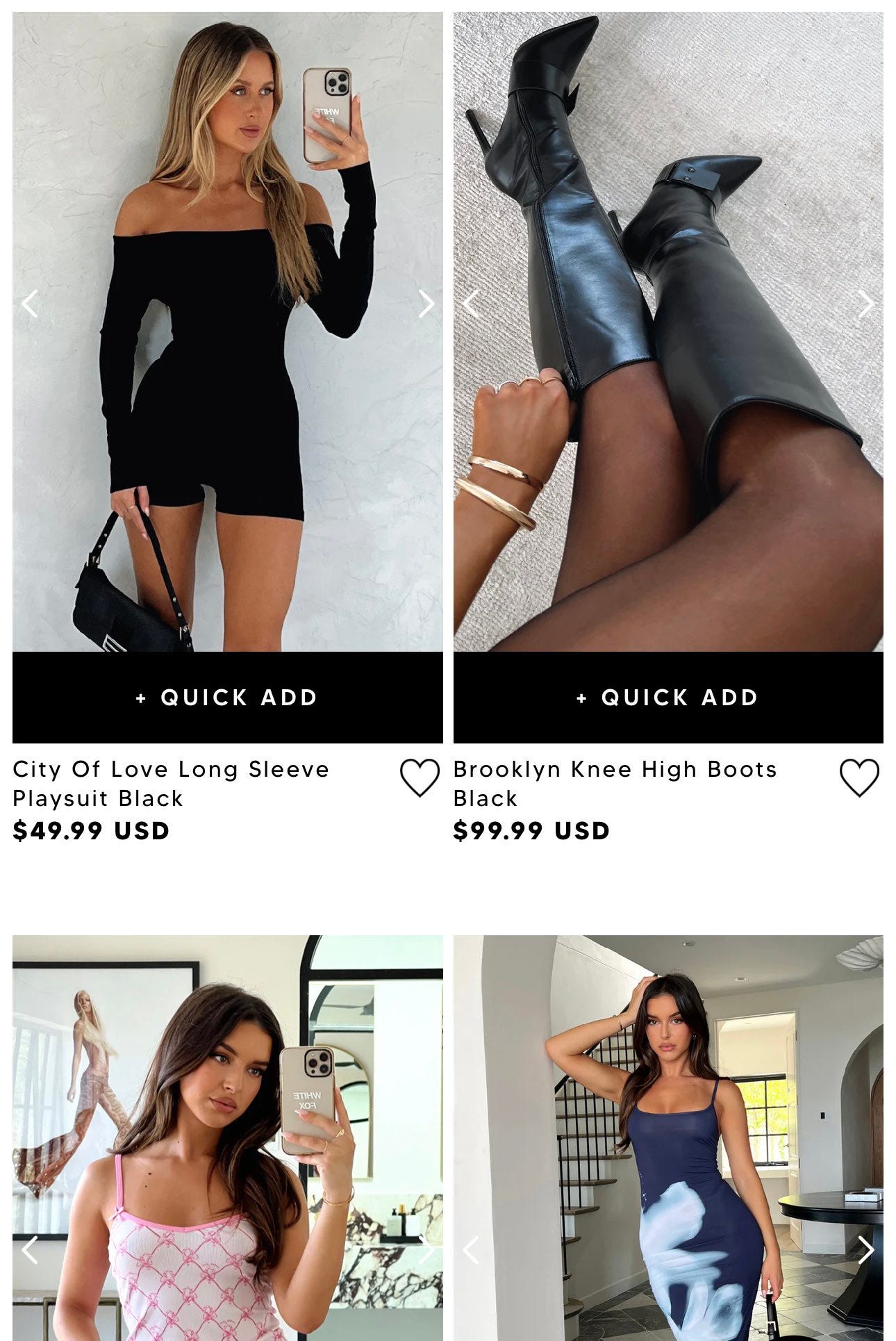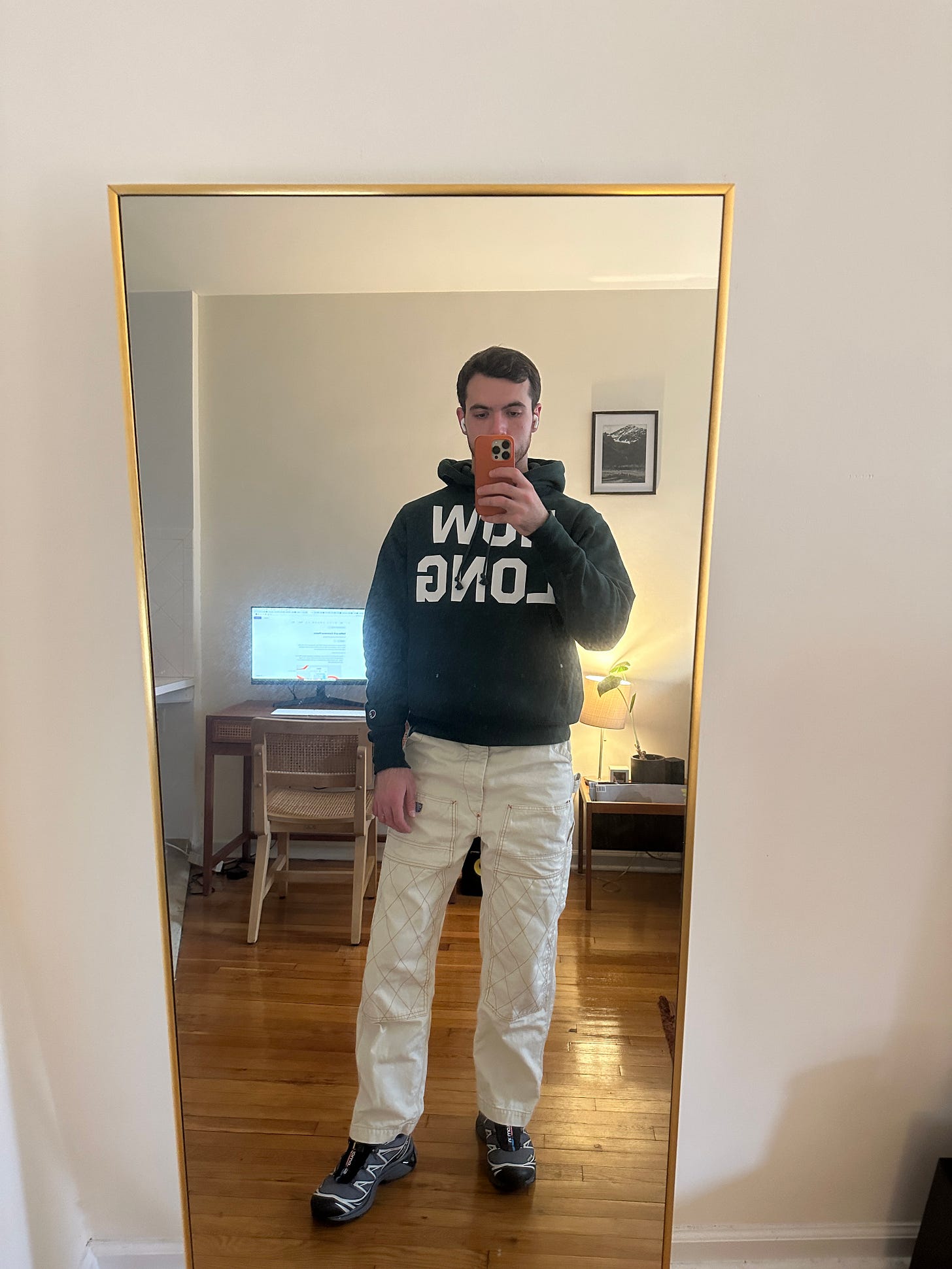🤳 Selfies as E-Commerce Photos
the hottest trend in ecom photography
GM everyone. Its another freezing day in NYC but I am going to trek to the office today to work… mainly because I got this new Burberry coat over the weekend at Colbo and I want to strut down the street feeling seen.
Let’s get into the news—
Strava, the popular run tracking app, is launching a messaging feature. Many are presuming this will be used as a pivot into dating other runners. As a single runner… this certainly adds a new dimension to my life. Maybe I should switch over from Nike Run Club.
Pitchfork just released their 50 best albums of 2023. They ranked SZA's SOS (how is that a year old, damn) as #1. Good album but a bit boring for me. I was stoked they listed Carolina Polachek’s album as #2. Welcome to My Island is a heater.
Popular non-alchoholic apertif, Ghia, is launching in Target and is also fundraising. As many younger people (outside of NYC) reduce alcohol consumption, I could see Ghia surging in popularity. I’ve discussed how much I love their bottle design.
Today’s topic is going to be a popular new e-commerce photo trend: the selfie. Many e-commerce retailers are realizing shoppers want a real, authentic experience when they’re online shopping. Something similar to what they experience when browsing TikTok or Instagram. In response, we are seeing more retailers utilizing lofi, organic photos on product pages. Here are some examples—
Zara
Zara is using this elevator mirror selfie as the lead image for this look. It feels candid and unprofessional, and looks like an authentic mirror selfie someone who purchases this look may take. It works because it helps the consumer picture what the clothes will look like in the real world. Its even a bit blurry which helps sell the authenticity.
K-TWO Studios
One of my fav up and coming brands, K-TWO, did used this trend for their November drop. They took it one step further, using a plugin to add clickable zones on the photos, directly linking to the product for purchase.
White Fox
More examples of home-grown feeling UGC content being used for product photos. Consumers mindsets and buying behavior as changed. They want to see the product in a real environment, and more importantly want to see what its going to look like when they post it on IG. Additionally, the selfie communicates social proof— whether or not this is real UGC or staged, it subtly shows us that this person purchased the piece, and is liking it enough to take a photo.
Balenciaga
Balenciaga (wow I really can’t stop taking about them) used the fitting mirror selfie as a motif for a recent campaign. This feels and looks much more pro than the previous examples, but it still carries the same effects.
Context Matters
Social media has changed the way we purchase clothing. In an increasingly digital world, many consumers are buying clothes to show off online. The new runway is not even the street or the coffee shop, its Instagram and TikTok. The styles of photos we take for social (mirror, elevator, dressing room, etc) have become synonymous.
So e-commerce is quickly evolving to cater to this demand, utilizing lofi product photography that resonates and looks like the photos we share and interact with online.
In 2024, we are going to see this trend surge and I am excited to see what creative iterations and spins we get to see.
About Jake
Jake Bell is a content marketing strategist based in NYC. He specializes in branding, art direction, creative strategy, content creation, and making things cool.
To get in touch visit www.jb.studio
Like video? Check out his TikTok
Like fit pics and pictures of chairs? Visit his Instagram.

















